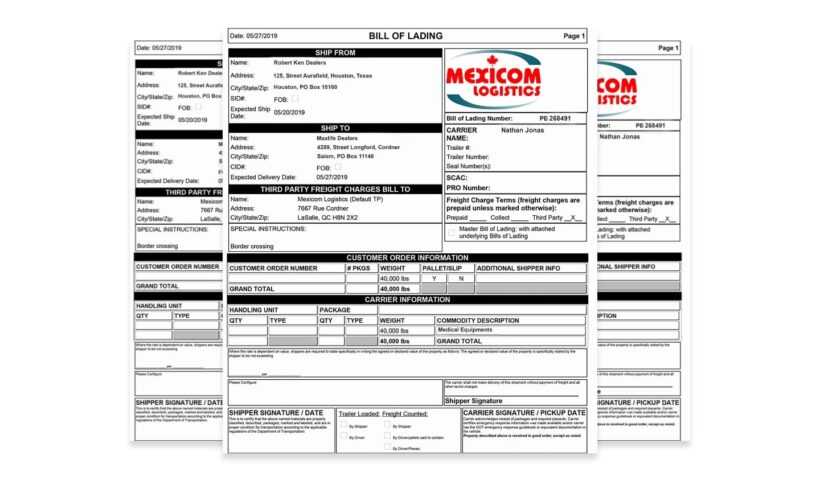Document issued by a shipowner to a shipper of goods. It serves three purposes:
a receipt for the goods, evidence of the contract of carriage and document
of title. It contains full details of the cargo (see below).
Depending on the particular requirements of cargo interests, a number
of originals – often three – and a number of non- negotiable copies are
issued. One original bill of lading is surrendered to the carrying ship
at the discharge port or destination in exchange for the goods. Such a
bill of lading is then said to be accomplished. Once this is done, any
other original bills become non- negotiable. The copy bills of lading
are retained for reference by various parties including the shipper and
consignee.
Tag: Why are there 3 copies of bill of lading?
Uniform Rules for Sea Waybills, 1990 as a International Shipping Documents
The CMI also approved in the Paris Conference, on 29 June 1990, eight rules to interpret the meaning of the sea waybill. Possibly these rules only shall apply voluntarily and when adopted by a contract of carriage which is not covered by a bill of lading or similar document of title, whether or not the contract is in writing.
View More Uniform Rules for Sea Waybills, 1990 as a International Shipping Documents

